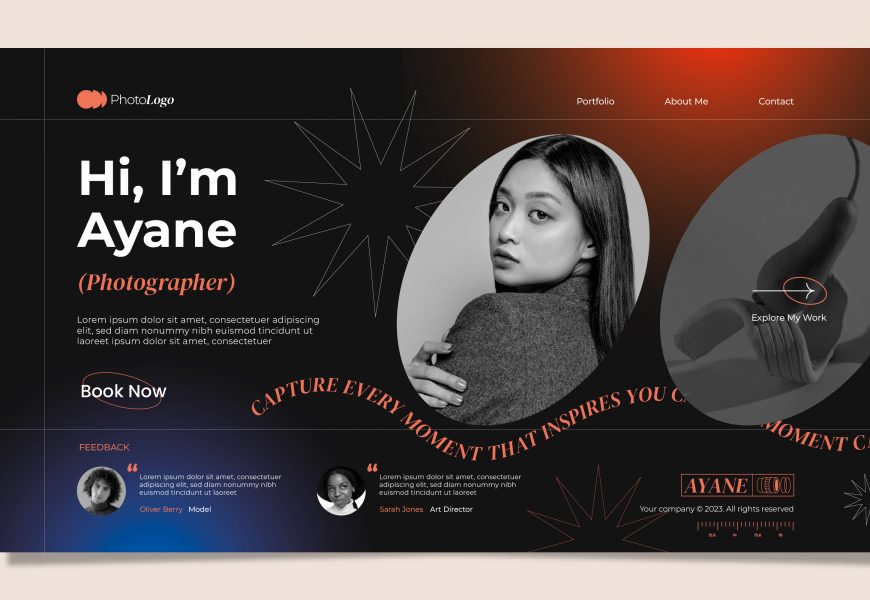Understanding the Historical Context of Interface Aesthetics
The story of dark and light themes is inseparable from the evolution of digital technology itself. In the earliest decades of computing, screen design was largely dictated by technical necessity rather than user preference. Cathode-ray tube displays in the 1970s and 1980s often defaulted to black backgrounds with green or amber text, a byproduct of hardware limitations rather than psychological intent. These monochrome displays, while primitive by today’s standards, already revealed an important dynamic: background illumination and contrast shaped not only legibility but also the overall comfort of extended computer use.
With the rise of personal computing in the 1990s, graphical user interfaces such as Microsoft Windows and Apple’s macOS began prioritizing light backgrounds that resembled paper. This shift was influenced by the desire to replicate familiar analog workspaces—white documents and black ink—making digital environments feel more approachable. Standardization around light interfaces became the norm for productivity tools, educational software, and early web pages.
However, as design matured and screens grew brighter, many users began noticing drawbacks: eye strain during nighttime use, fatigue from prolonged exposure, and a longing for more personalized aesthetics. By the late 2010s, the pendulum swung back with the introduction of system-wide dark modes in major operating systems and applications. This reintroduced the aesthetic of dark interfaces, not out of necessity but as a deliberate design choice, emphasizing comfort, energy preservation (particularly on OLED screens), and an expanded sense of control. Today, the debate between dark and light themes is not simply about style but about psychology, health, and the user’s broader relationship with technology.
Cognitive Load and Visual Ergonomics in Interface Design
At the center of the dark-versus-light discussion lies visual ergonomics: the interaction between design, the human eye, and mental processing. Light interfaces—characterized by white or pastel backgrounds—generally align with high luminance levels. This can enhance readability, especially in well-lit environments, as dark text on light surfaces provides strong contrast that the brain processes with relative ease. For many readers, newspapers, books, and web pages have conditioned an expectation that information should be presented this way.
However, brightness comes with trade-offs. On modern LED-backlit or OLED screens, prolonged exposure to high-luminance white backgrounds can increase visual fatigue. The emission of blue light, which is more intense in light-mode settings, has also been linked to circadian rhythm disruptions when screens are used late at night. High levels of glare can further elevate cognitive load, forcing the eyes to repeatedly adjust focus and diminishing long-term concentration.
Dark themes, conversely, reduce overall screen luminance and glare, which can be soothing in dim environments. Lower blue light output may also help users manage sleep cycles when evening work is unavoidable. At the same time, dark text on dark backgrounds—or insufficiently tuned color contrasts—can strain legibility, particularly for individuals with certain visual impairments. For tasks requiring scanning large volumes of text, light themes often remain more cognitively efficient. For tasks demanding short bursts of attention, such as coding, gaming, or design, dark themes frequently foster sharper focus and immersion.
The takeaway is nuanced: neither mode is universally superior. Instead, ergonomics depend on context, individual sensitivity, and the balance between brightness, contrast ratios, and ambient conditions.
Emotional and Behavioral Impacts of Theme Choice
Beyond legibility and comfort, theme selection exerts subtle but meaningful influence on mood and behavior. Numerous reports—and emerging psychological studies—suggest that dark themes create an environment conducive to immersion and introspection. Designers, writers, and programmers often describe feeling less distracted in darker interfaces, as though the absence of a glowing background helps tunnel vision emerge. The atmosphere can feel grounded, private, and contemplative.
Light interfaces, in contrast, are often correlated with feelings of openness, clarity, and refreshment. Just as a well-lit room conveys energy and cleanliness, a white digital space can project a sense of optimism and orderliness. Many users describe light-mode environments as better suited for productivity during the daytime, where natural sunlight complements rather than contradicts the screen’s presentation.
What complicates the matter is that these psychological associations are not universal. Cultural backgrounds shape perception: in some societies, darkness signifies sophistication and luxury, while in others it carries connotations of formality or solemnity. Equally important is context of use. An e-reader app accessed before bed benefits from a dark theme, while a financial dashboard displayed in a brightly lit office might deliver clarity and trustworthiness in light mode. Environmental lighting, personal routines, and habitual choices all converge to form what psychologists might call a “theme identity”—that subtle but enduring sense of alignment we develop with one visual mode. Over time, this identity itself can reinforce behavioral patterns, making theme choice part of our digital self-concept.
Future Directions and Adaptive Personalization Strategies
Looking forward, the binary debate between dark and light themes may soon feel outdated. Advances in adaptive interface design suggest a future where themes are dynamically responsive rather than static user preferences. Next-generation systems could integrate real-time environmental cues such as ambient light measurements, time of day, or even biometric signals like pupil dilation and blink rates to determine the optimal interface mode. If a device detects mounting eye strain or late-night use, it might gradually transition from a light, high-contrast background to a gentler, darker palette.
This adaptive personalization promises to reduce the trade-offs users currently face. Instead of asking whether dark or light mode is universally better, future systems will ask: Which mode is better for this user, in this moment, performing this specific task? Such innovations also open possibilities for hybrid themes that utilize selective contrast—light backgrounds for dense reading areas, dark surroundings for navigation panels.
However, ethical considerations will remain central. Who decides the default theme for new devices? How do designers account for accessibility needs, such as ensuring that both dark and light themes are readable for individuals with visual impairments? And in a globally distributed digital culture, how can designers respect cross-cultural differences in color interpretation and psychological response? The future demands careful attention not just to technological optimization but also to inclusivity, choice, and transparency.
Conclusion
The debate over dark versus light themes may appear simple on the surface, but it touches on a wide array of human factors: history, psychology, physiology, cultural context, and technology’s evolving role in daily life. Light themes connect us to our analog past and deliver readability in bright conditions, while dark themes resonate with digital modernity, immersion, and nighttime comfort. Both shape our mental experience of digital environments in subtle ways that extend beyond mere aesthetics.
As interfaces continue to evolve, the conversation will likely move away from rigid choices and toward adaptive, context-aware personalization. Ultimately, the question is not which theme is “better,” but how to design digital spaces that respect the complexity of human psychology while supporting health, productivity, and a sense of identity in a world increasingly mediated by screens.









